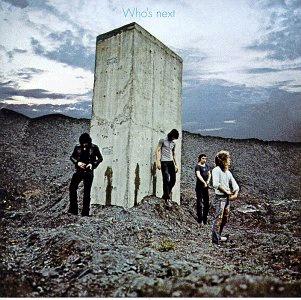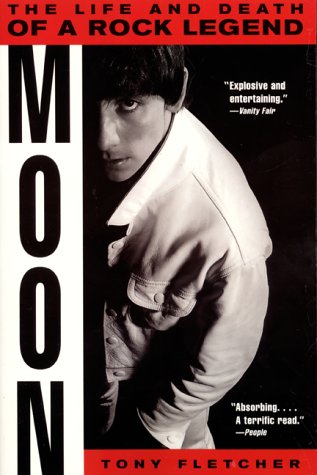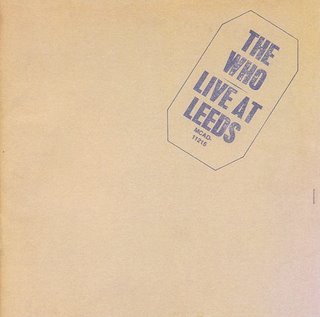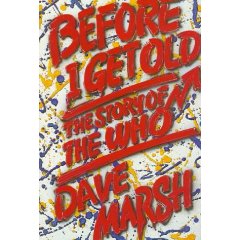Remember to check out Part 1 in order to learn about the context in which Who’s Next was born.
Doing a quick recap, Pete’s “Lifehouse” project had failed to materialize and it had exhausted the band while driving him to a nervous breakdown. The Who decided to salvage what they could and had Glyn Johns assemble a single disc with the best of the new material.
Glyn Johns did something more than assembling the disc that we know as “Who’s Next”. He actually produced it, and his expertise was specially noticeable when we compare this record with any of the albums that Lambert had mastered. It comes as no surprise that Lambert never produced a Who album again. His lack of technical skill, his lax bookkeeping, his growing disconnection with the band… he (and partner Chris Stamp) would be out of the picture within a year. And a lengthy litigation would ensue. Continue reading








